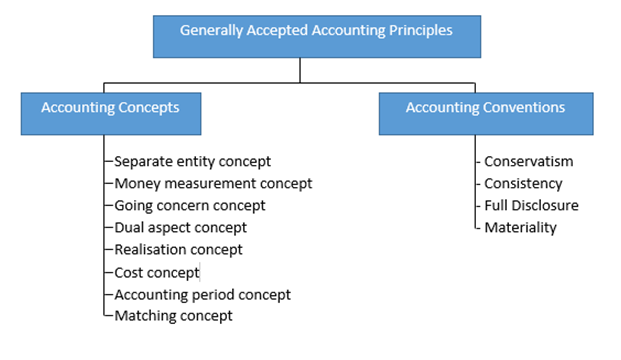
Some respondents to the exposure draft of 2002 argued that extraordinary items should be presented in a separate component of the income statement because they are clearly distinct from all of the other items of income and expense, and because such presentation highlights to users of financial statements the items of income and expense to which the least attention should be given when predicting an entity’s future performance. Therefore, in accordance with IAS 1, no items of income and expense are to be presented as arising from outside the entity’s ordinary activities. In 2002, the IASB decided to eliminate the concept of extraordinary items from IAS 8 and to prohibit the presentation of items of income and expense as ‘extraordinary items’ in the income statement and the notes. That standard defined ‘extraordinary items’ as ‘income or expenses that arise from events or transactions that are clearly distinct from the ordinary activities of the enterprise and therefore are not expected to recur frequently or regularly’.


IAS 1 Presentation of Financial Statements in paragraph 87 states that an entity shall not present any items of income or expense as extraordinary items, in the statement of comprehensive income or the separate income statement (if presented), or in the notes.įurther, in the Basis for Conclusions (BC) on IAS 1 Presentation of Financial Statements, BC 60 states that IAS 8 Net Profit or Loss for the Period, Fundamental Errors and Changes in Accounting Policies (issued in 1993) required extraordinary items to be disclosed in the income statement separately from the profit or loss from ordinary activities.


 0 kommentar(er)
0 kommentar(er)
